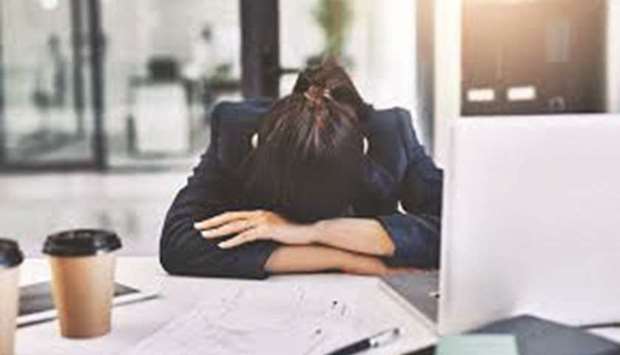Am I an overgrown toddler still learning how to navigate the grown-up world, or are naps a legitimate tool to make our days more fruitful? As we prepare to enter what could be a golden age of kipping, let’s consider not just how to bump the stigma, but whether it’s worth doing so. Do naps deserve good press?
Napping is at least as old as the Romans, who loved a sexta hora: a sleep in the sixth hour of the waking day, around noon (this became “siesta”). For a long time humans were biphasic, taking sleep over two sessions during a 24-hour period (one in the day, one at night), rather than monophasic, in one night-time chunk. This continued until the invention of the electric lightbulb in the 19th century, which enabled factories to keep employees at work for longer hours, meaning they only returned home at night to sleep.
Yet it’s only recently that naps have been studied rigorously. Dr Sara Mednick was a trailblazer. While a graduate at Harvard in the early 2000s, she made the surprising discovery that “people were showing the same levels of ‘learning’ [ability to identify more information in a quicker amount of time] after a nap as they were showing after a full night of sleep.”
Naps, says Mednick – now associate professor of psychology at the University of California, Riverside, and author of 2006 book Take a Nap! Change Your Life – fit neatly into our circadian rhythm, the 24-hour cycle of our bodies. “When people get this dip in the middle of the day, your body temperature decreases and your cognitive processes are not as strong. It’s usually when people get a coffee, but it used to be when you would take a nap,” she says, speaking to me over Zoom, her pink hair complementing bright red spectacles. “We still have that rhythm inside us that would benefit from a short nap but we don’t live in a world where people feel at liberty to do that – until now.”
When we nap, we redress the balance between our active (sympathetic) and recovery (parasympathetic) nervous systems. Sleep boosts the recovery system, which gives us fuel to be active. Naps have also been tied with bolstering immunity. Quite what effect we get depends on when we nap, and for how long. Dr Nerina Ramlakhan, a London-based sleep therapist, talks me through options. A “power” nap – maximum 20 minutes – means you remain in a “near-sleep state”, but nonetheless emerge mentally sharper. A “recovery” nap lasts 40 minutes and involves light sleep. A Nasa study found it improved pilot and astronaut alertness by 100%. Meanwhile, a “prophylactic” nap is for the severely sleep-deprived and basically involves taking yourself off to bed forever, or until you feel better. Other experts refer to twilight naps, known to university students as disco naps, ahead of a big nightout; and caffeinated naps, in which you down a coffee just before you drift off, for an especially peppy awakening. One full sleep cycle, which includes slow-wave and REM sleep and enhances creativity, takes 90 minutes. The thread uniting naps is that they’re separate from our night-time rest.
I’m given tips aplenty. The best time to nap is between 1pm and 3pm and no later than 4pm, or it might affect your overnight sleep. (Also if you’re struggling to sleep at night, avoid napping.) Don’t stress about actually falling asleep; you can reap benefits even if you don’t drift off. For shorter naps it’s best to sit slightly upright, or lie on top of the covers, rather than diving under the duvet, which will send you into a deeper state and result in grogginess. And set an alarm – unless you’re game to try what’s called a “danger” nap (who says there’s no room to be wild in 2020?).

